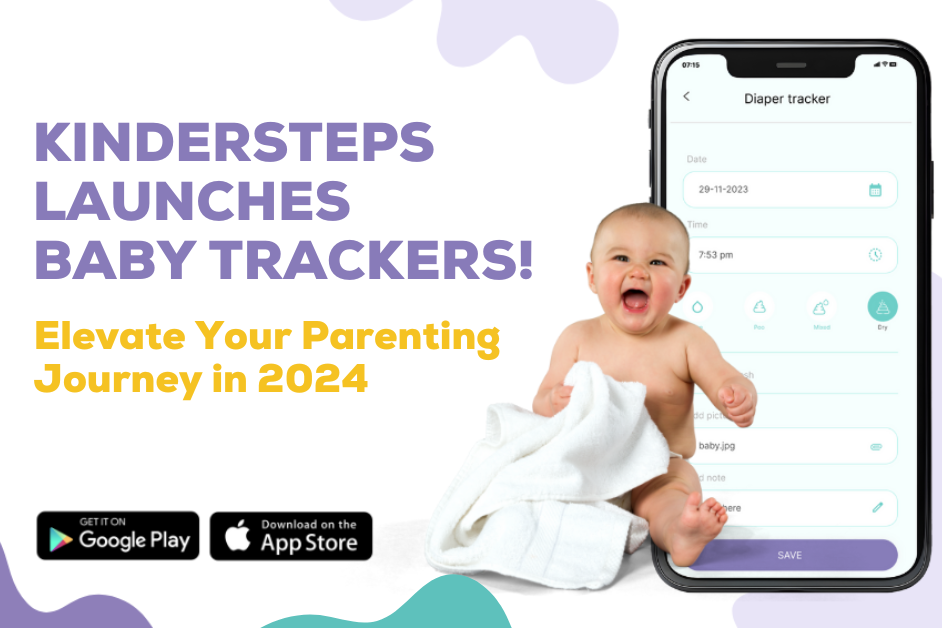Did you know that most babies develop teeth between 6 and 12 months?

Teething can be painful but it doesn’t usually make your baby sick. The signs may not be the same for every baby. Keep reading to find out what symptoms can be present during baby teething.
The standard stages of baby teething
- 5 - 7 months - bottom front teeth, usually the first to come through.
- 6 - 8 months - top front teeth are also called top incisors.
- 9 - 11 months - either side of the top front teeth also called top lateral incisors.
- 10 - 12 months - either side of the bottom front teeth also called bottom lateral incisors.
- 12 - 16 months - back teeth or the first molars also called first molars.
- 16 - 20 months - between the lateral incisors and the first molars also called canines.
- 20 - 30 months - second molars, this stage can be very painful.
- 2 - 3 years - most children will have all of their milk teeth.
Common symptoms of baby teething
Teething can be painful but it doesn’t usually make your baby sick. The signs may not be the same for every baby. Keep reading to find out what symptoms can be present during baby teething.
- Ear-rubbing - teething can look a lot like an ear infection in a baby, this is because the nerves around the teeth and mouth go all the way to the ears.
- Crying - the pain from teething can make your baby irritable and make them cry more, the best way to calm them is by giving them kisses and cuddles.
- Inconsistent feeding - the sore swollen gums makes the baby sucking painful, if your baby has started solids, try feeding them cold apple puree or chilled plain yogurt.
- Gnawing - babies often do this to help massage the areas as it creates counter pressure that helps with some relief of pain.
- Flushed cheeks - red flushed cheeks are the result of the tooth that is coming through their gum.
- Chewing fingers - you might have noticed your babies chewing their fingers, babies do this to reduce the pain and pressure of teething.
- Inflammation on the gums - happens because a new tooth is trying to grow and poke out of a baby’s gum. A small fluid-filled swelling can occur on top of the gums or just under the hum surface over the growing or erupting tooth.
- Loss of appetite - the pressure on the baby’s mouth hurts making the babies lose their appetite or skip meals due to the discomfort and pain of teething.
- Diarrhea - Some think that teething causes other diarrhea, there's no evidence to support this, however, this is not normal better consult a doctor.
Methods you can use to soothe your baby during their teething journey
- Cold objects - such as a hard pacifier, spoon, or a refrigerated teething toy can help soothe your baby. But make sure the objects you use are clean and safe for the baby.
- Teeth crackers - in today’s world where you get everything at your fingertips just a call away, try offering your little ones an unsweetened hard teething cracker.
- Massage - gently rub their cheeks with your clean finger. Let your baby chew on your fingers if the teeth have not come yet. If you are nursing them try dipping your finger in cold water and massaging their gums to keep them from biting while nursing.






.jpg?alt=media&token=166b64a9-274c-400c-95e4-baf0013e7e43)
